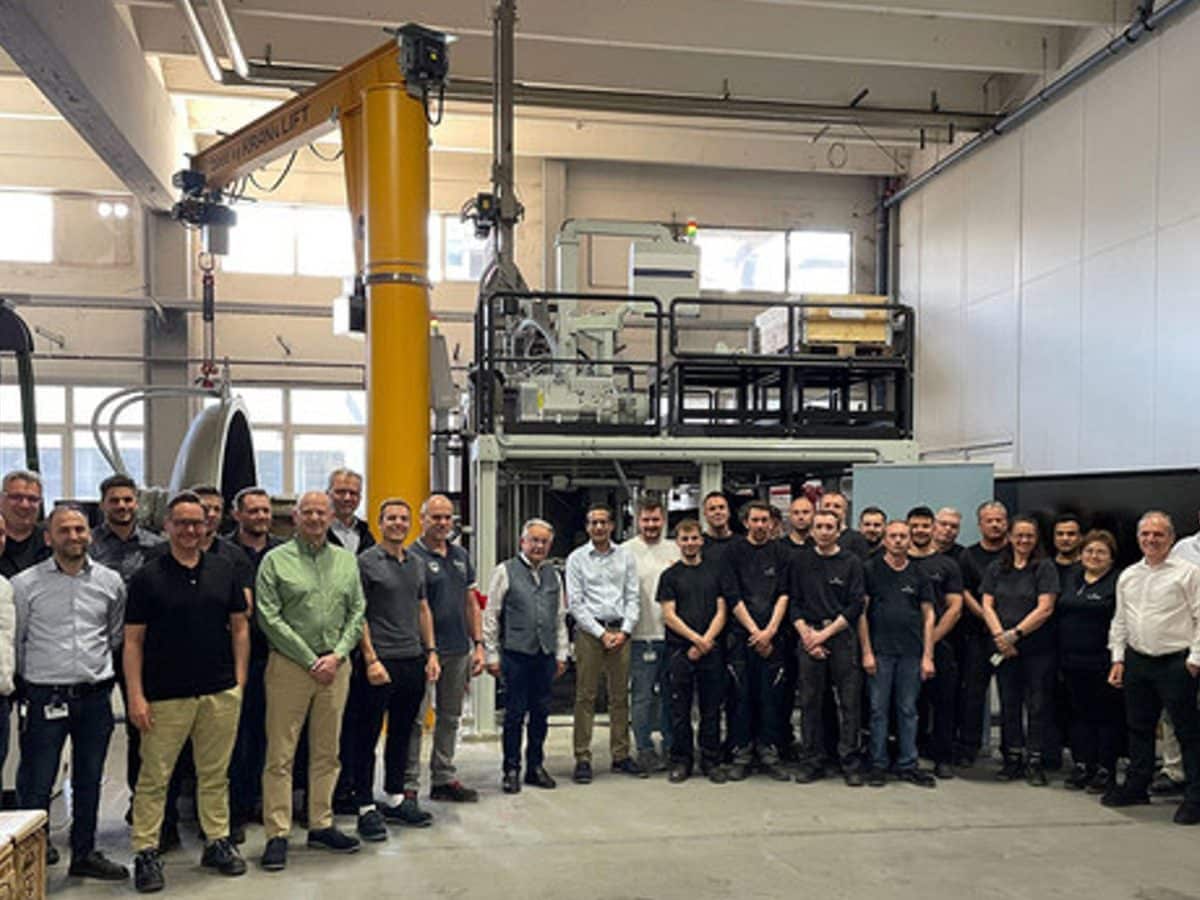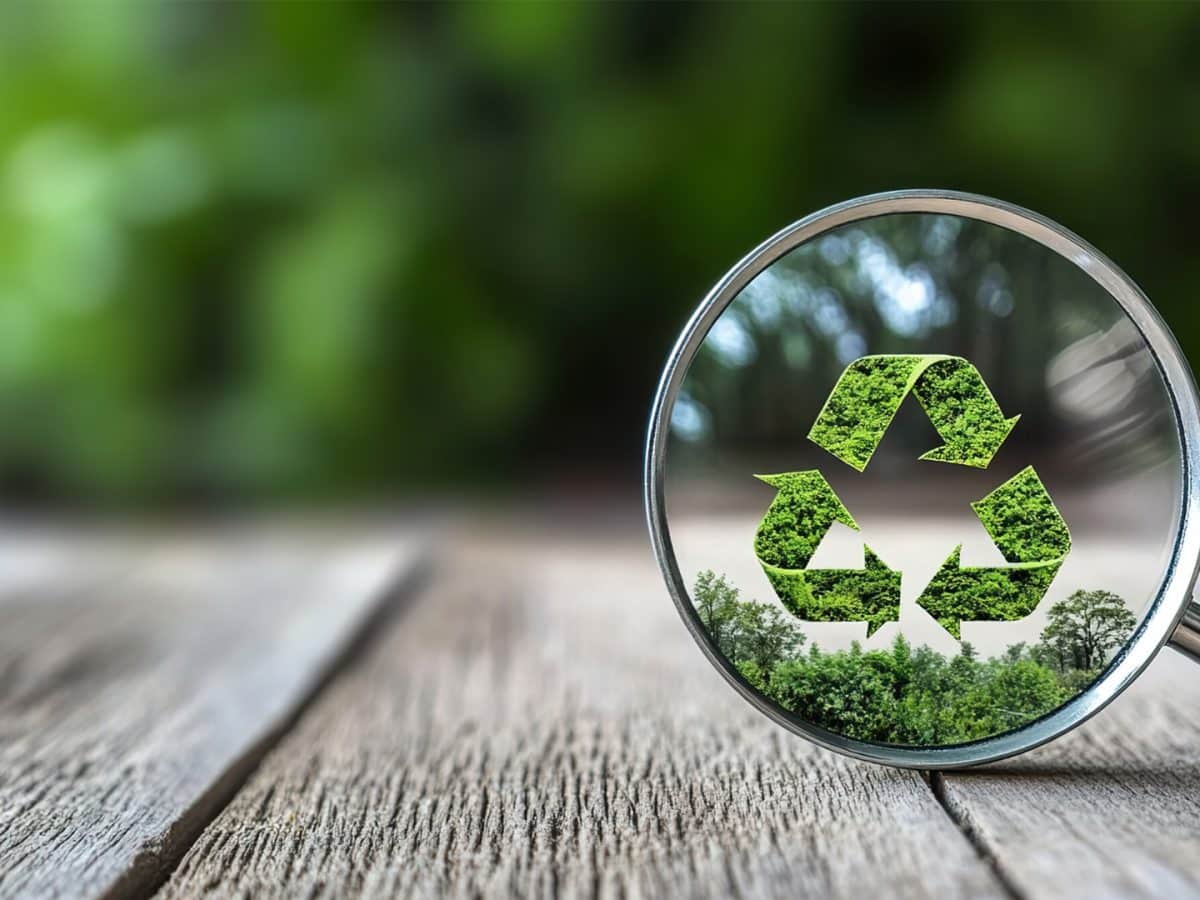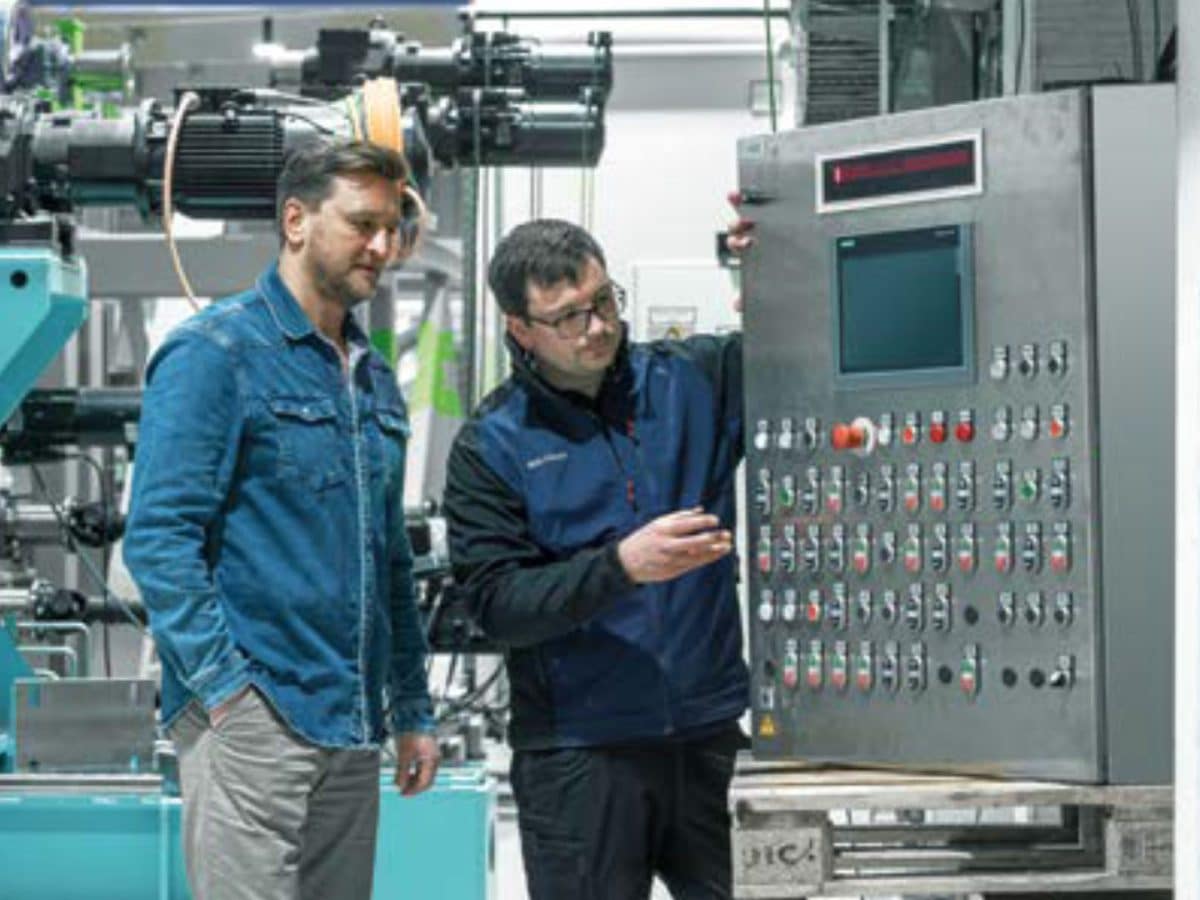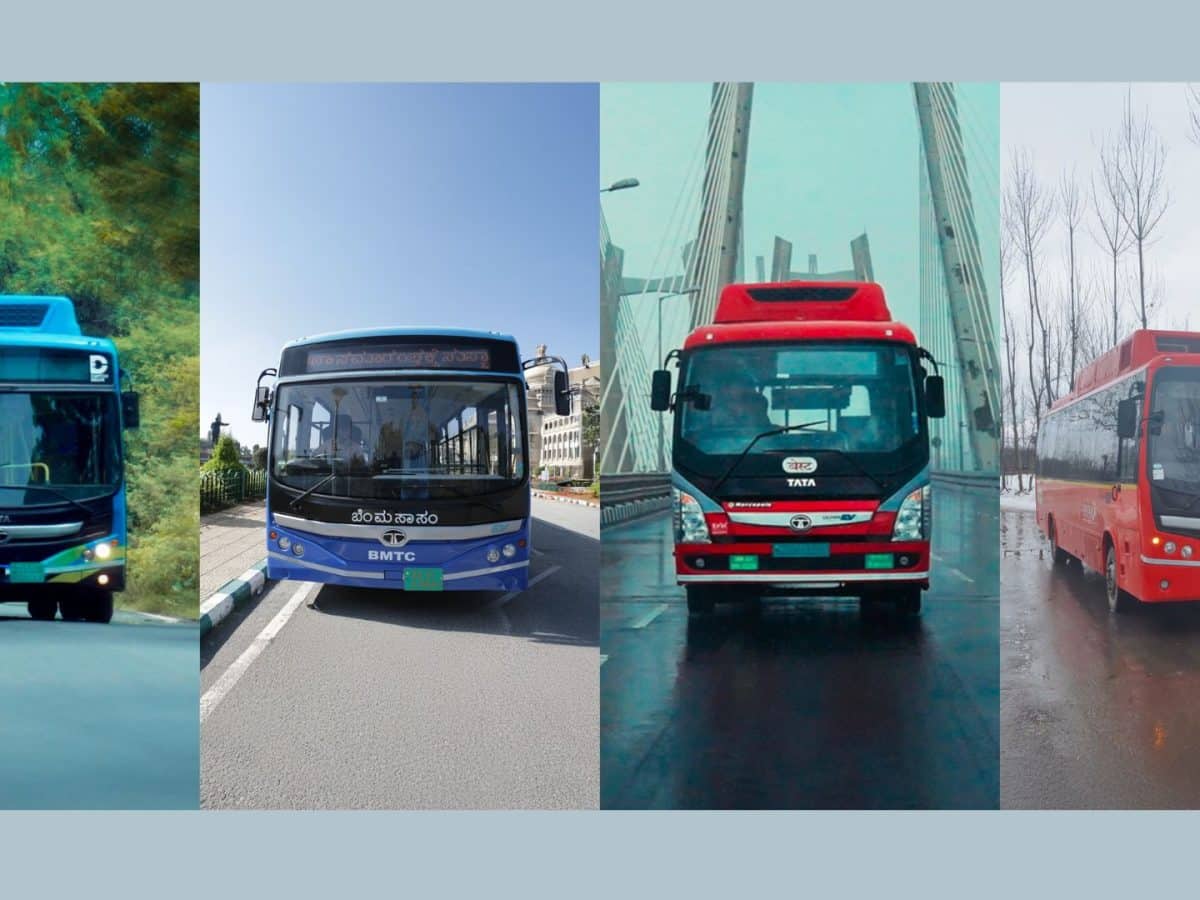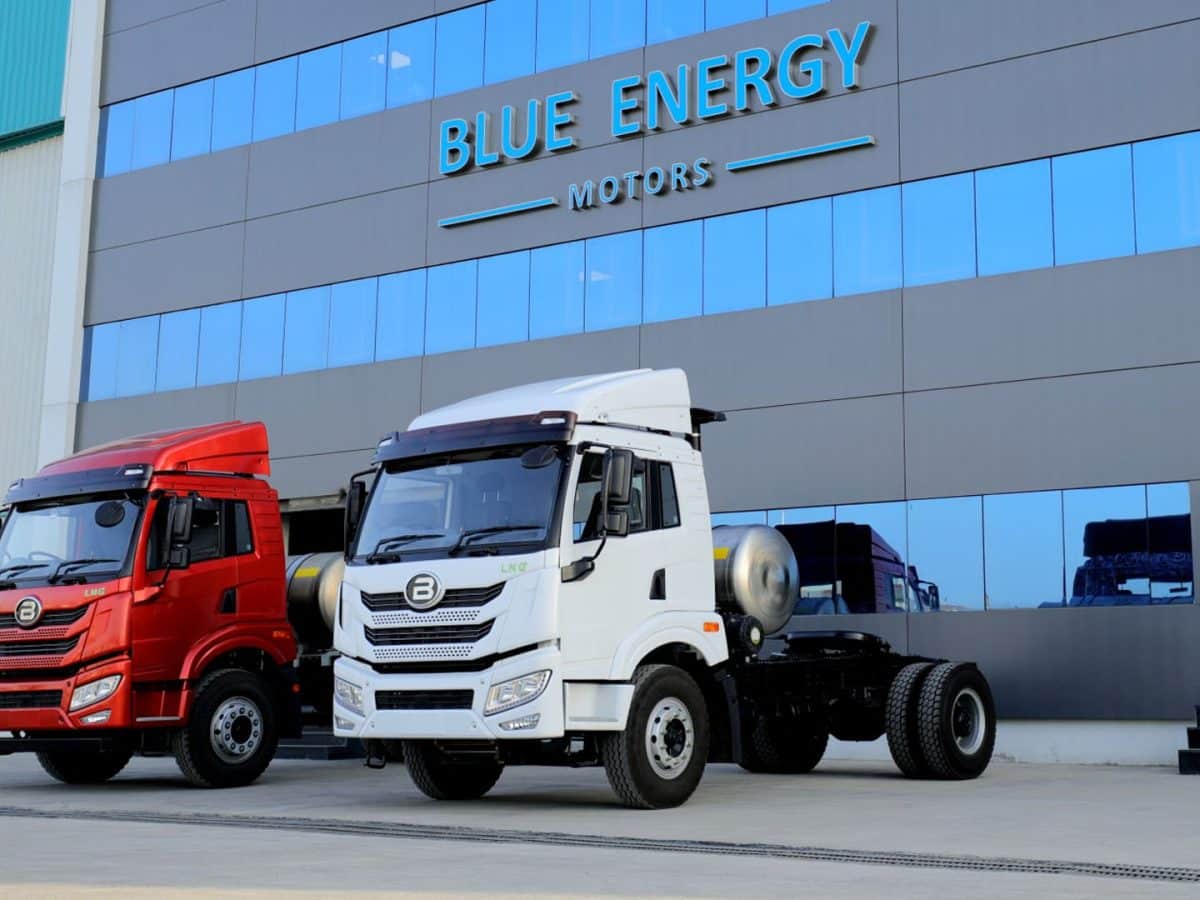The most pressing issue that has emerged as a threat to the future viability of the steel industry is decarbonisation. Since steel producers are called upon to reduce the rate of greenhouse emissions and thereby address climate change, they must find solutions to the problem through more sustainable processes. Among those, the Electric Arc Furnace (EAF) technique which considerably reduces CO2 emissions as it utilises electric energy to melt the scrap or Direct Reduced Iron (DRI) has observed more inclination in recent years. However, the blast furnace route requires considerable investment for transformation and is only feasible with government support.
On a smaller scale, direct reduction plants work, where iron ore is reduced by natural gas, which in future will become green hydrogen. This process has been known for a long time but has hardly been used in the past due to its enormous costs. The question of distortion of competition arises as the blast furnace route receives high subsidies to enable it to use a technology that the electric arc furnace route has been using successfully for a long time. The EAF route must also shoulder considerable costs as part of the transformation to maintain and expand its prominent role in the CO2 balance of steel manufacturing companies and thus make its contribution to reducing emissions.
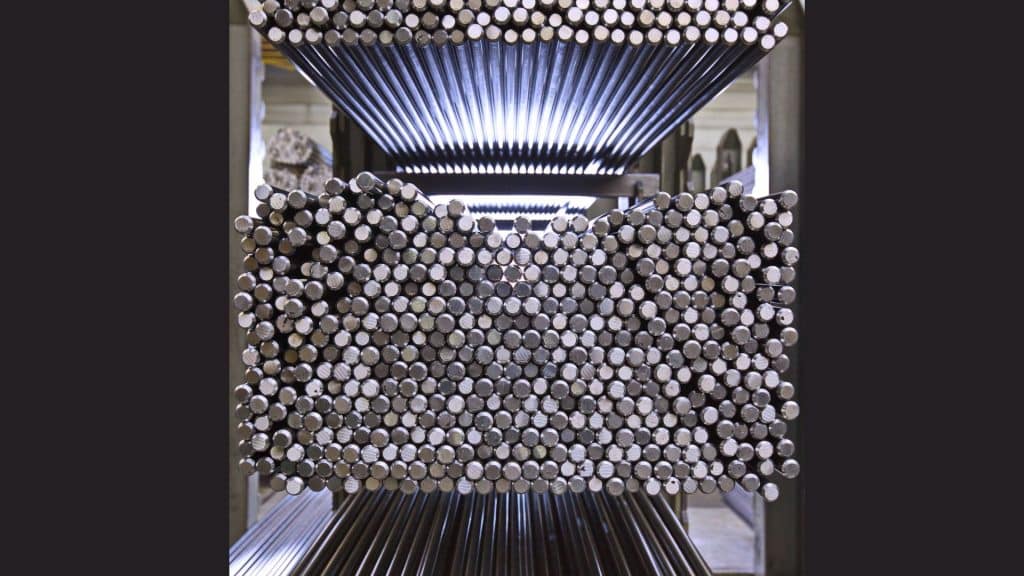
One example is the Swiss Steel Group, which has decided to make the electric arc furnace route its main production route. They can create steel without the use of coal or coke in any of their operations because they all have electric arc furnaces, which significantly reduces greenhouse gas emissions.
The EAF route also offers the advantage of being flexible, as the furnace can be switched off 24/7, allowing companies to react to fluctuating demand and energy situations and adjust production. This also applies to surpluses in the grid. The EAF route can also relieve the grid of peaks by using its furnaces in a targeted manner.
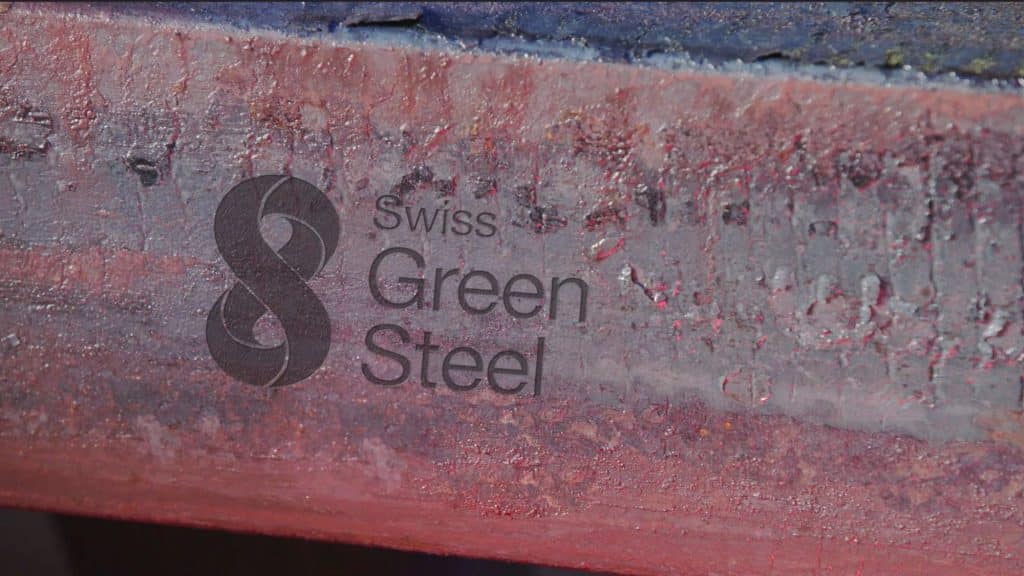
Scrap is the basis of the electric arc furnace route and is therefore a very important and valuable raw material. Steel is not consumed, but is used again and again, leading to greater resource efficiency. The question arises as to whether a region such as Europe should not build up scrap reserves in the same way as we do with other systemically important raw materials.
In the future, it will become increasingly important to alloy with quality scrap instead of pure metals. The use of primary alloys cannot be completely avoided, especially for some special grades with specific requirements. However, both metallurgical and recycling technology innovations are required to further reduce Scope 3 emissions.

The energy mix makes the difference: As a rule, steelworks on the electric arc furnace route use the energy mix available to them at reasonable prices. However, it is also possible to specifically purchase only electricity from renewable energy sources, which has a drastic effect on the CO2 footprint of the material produced in these steelworks. For example, the Swiss Steel Group’s Green Steel Climate+ quality has a CO2 footprint that is up to 83 per cent lower than the global average for steel production.

